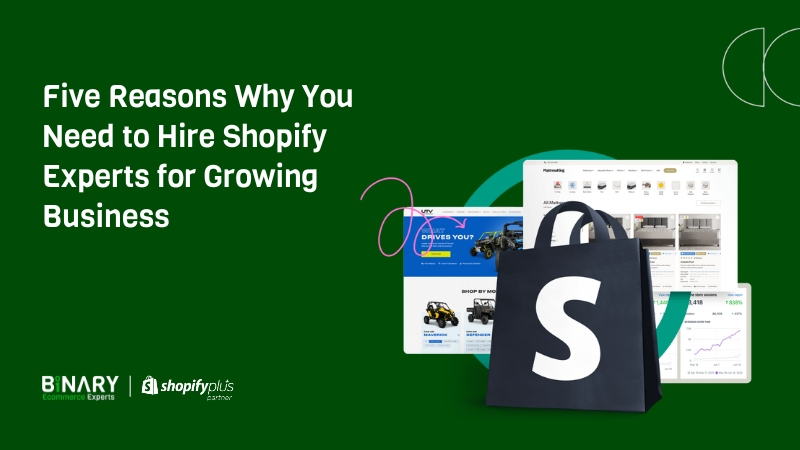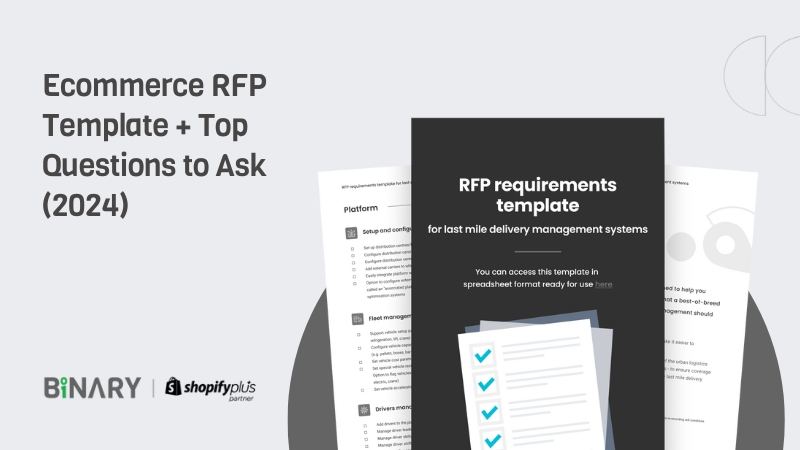Due to the dynamically evolving nature of the e-commerce market, businesses need to hire Shopify specialists in order to be profitable and competitive. This decision may turn out to be a wise one especially for businesses with the intention of venturing into other markets. As the following points indicate, there are several good reasons why growing businesses should hire Shopify experts.
- Enhanced Quality and Professionalism: A Shopify specialist has a much more refined and professional touch that vastly improves the outlook and usability of your Shopify store. Websites designed by professionals are easier to navigate, much more attractive and this immediately catches the eye of the customer and distinguishes your business from others.
- Expertise in Customization and Design: Shopify experts possess the technical know-how and creative skills to customize your online store to meet your unique business needs. They can create a visually appealing and user-friendly website that reflects your brand identity and enhances customer experience. With a focus on UI/UX custom designs, they elevate your website’s performance, ensuring an intuitive and engaging interface that keeps customers coming back. From theme customization to bespoke design elements, Shopify experts ensure your store stands out in the crowded ecommerce market.
- Scalability and Flexibility: Since the business is growing, you need your platform to adapt to the growth, and it should not affect its performance. Using the assistance of professionals working for Shopify, you can count on their ability to design solutions that can be further expanded to fit the growth of your company. Consequently, your online store will be ready to handle more traffic and transactions without effort on your customers’ side due to the team’s knowledge and experience.
- Comprehensive Service Offering: Right from the need to develop your online store theme from the scratch to the extent of advanced marketing strategies and SEO, Shopify provides many services. They know specificities of dealing with a Shopify store and are ready to address every technical concern as well as offer constant maintenance services. This saves you time to focus on other crucial areas of managing your business.
- Strategic Marketing and Brand Development: Shopify specialists do not only create websites but are also involved in the cultivation and stewardship of your brand. Having a team that understands or is specialized in digital marketing and SEO will improve the visibility and traffic to your website hence increasing your sales. Since they are specialists in creating appropriate marketing strategies, hiring Shopify professionals can provide a competitive edge in the niche.
Shopify development agency in India can offer custom-suit solutions since they pay attention to several factors including market trends, consumers, and regulatory frameworks for businesses in India. In addition, the Shopify experts in India are well conversant with the specific market and legal environment of the area, thus being a prime resource for any business planning to venture locally or further afield.
Thus, working with Shopify specialists, companies do not only enhance their effectiveness in performing their daily tasks, but also build the foundation for success and growth in the constantly changing environment of the internet business.
Also Read: Why Your Business Needs an Ecommerce Website























